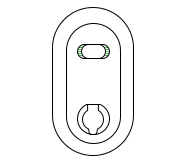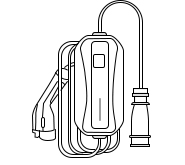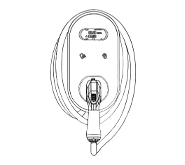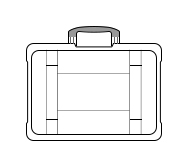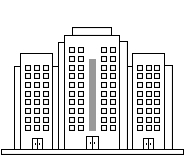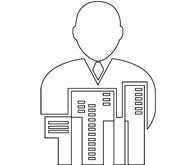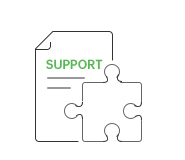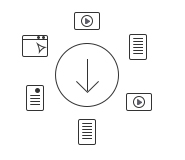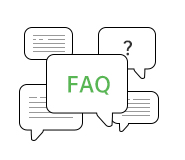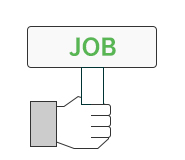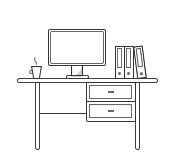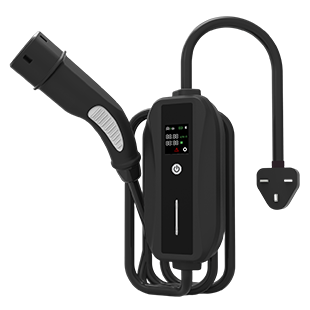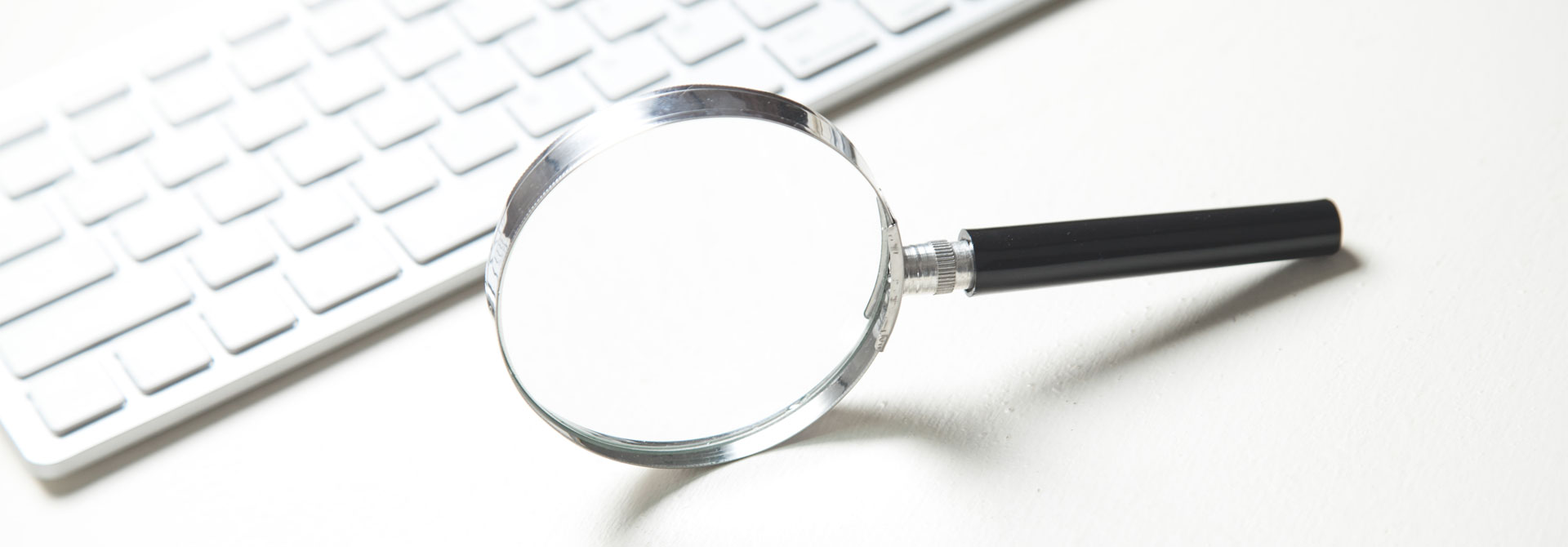- FAQ on home charging
- Q&A on working charging
- Public Charging Q&A
- Security Q&A
- 1
Installation problems of the charging post
-
Installation problems of the charging post may include wrong connection of power lines, poor fixing, etc. It is recommended to read carefully before installation. It is recommended to read the installation manual of the charging post carefully before installation and to ask a professional to carry out the installation.
- 2
Problems with the network connection of the charging post
-
Problems with the network connection of the charging post: Problems with the network connection of the charging post may result in the remote monitoring and control functions not working properly. It is recommended to check if the network connection is stable and make sure the router or network device connected to the charging post is working properly.
- 3
The charging post cannot connect to the vehicle normally
-
the charging post cannot connect to the vehicle may be caused by problems such as poor contact with the plug or faulty vehicle interface. It is recommended to clean the plug and vehicle interface and check for damaged or loose parts.
- 4
Charging deviation
-
Charging deviation may be caused by inaccuracy of the metering system of the charging post, it is recommended to check and calibrate the metering system of the charging post regularly to ensure that the charging amount is displayed accurately.
- 5
Slow charging speed
-
Slow charging speed may be due to insufficient power supply, it is recommended to check whether the home electrical system meets the power demand of the charging post, if insufficient, you can upgrade the electrical system or choose a higher power charging post.

